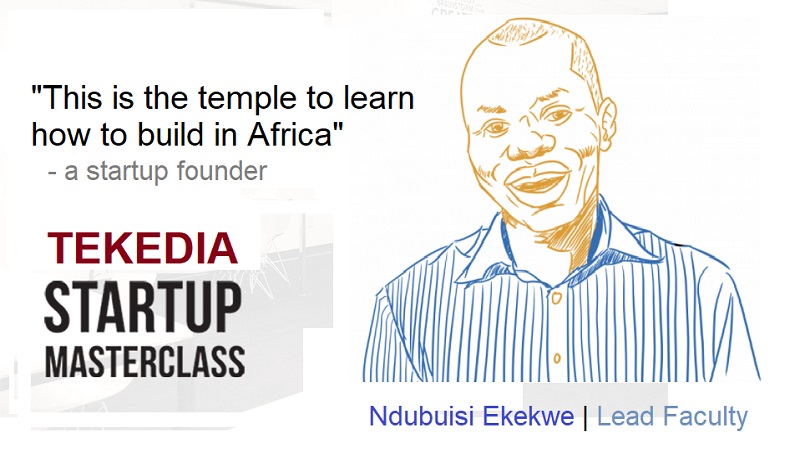
The National Orientation Agency (NOA) has unveiled plans for the General Multipurpose National Identity Card (GMPC), promising a streamlined solution for identification and service access.
The GMPC is designed to consolidate multiple identification cards into one, simplifying access to government services, financial transactions, and travel-related needs. NOA emphasized the card’s role in easing the burden of carrying multiple forms of identification, describing it as a step toward modernizing Nigeria’s identity management systems.
In a statement on Sunday, the agency explained: “The GMPC will serve multiple purposes, combining several existing cards into one. This new card will eliminate the need for citizens to carry multiple forms of identification, making it more convenient for everyday use.”
Register for Tekedia Mini-MBA edition 18 (Sep 15 – Dec 6, 2025) today for early bird discounts. Do annual for access to Blucera.com.
Tekedia AI in Business Masterclass opens registrations.
Join Tekedia Capital Syndicate and co-invest in great global startups.
Register for Tekedia AI Lab: From Technical Design to Deployment.
However, the announcement has been met with mixed reactions, as many Nigerians are skeptical about the initiative’s potential to deliver meaningful change.
While the initiative is being positioned as a landmark achievement, many Nigerians are not overly excited, citing past experiences with similar programs that failed to live up to expectations. The rollout of national identity cards in Nigeria has a long history of lofty promises, with little to show for the billions of naira spent over the years.
President Goodluck Jonathan launched a new national identity card on August 28, 2014, to replace the earlier version introduced in 2003 under President Olusegun Obasanjo. The 2014 initiative, a collaboration between the Nigerian Identity Management Commission (NIMC) and MasterCard, was touted as a revolutionary solution for identification and financial inclusion. Despite the grand launch, the system failed to gain widespread adoption, with many citizens unable to access the card or its promised benefits.
For many Nigerians, this latest effort to introduce the GMPC feels like déjà vu. Many believe that each new administration presents a different version of the national ID card, often abandoning the previous system, rendering earlier investments wasted.
Expressing their frustration, many have asked: Every new government wants to start a fresh ID card project. Why can’t we improve on what we already have instead of spending billions on the same thing every few years?
Others have also raised concerns about the likelihood of this program being sustained beyond the current administration. Given Nigeria’s history of abrupt policy changes, many fear that a future government could discard the GMPC, just as previous systems were phased out. This lack of continuity often leads to wasted resources and public disenchantment.
The financial burden of launching a new identity card system is another contentious issue. It is believed that funds allocated to the GMPC could be better spent on pressing national concerns such as education, healthcare, and infrastructure.
Additionally, challenges related to accessibility and implementation remain unresolved. In rural areas, many citizens lack access to the National Identification Number (NIN), a prerequisite for obtaining the GMPC. Past initiatives have often struggled with logistical bottlenecks, raising questions about the feasibility of delivering the GMPC to every Nigerian.
While the NOA has positioned the GMPC as a game-changer, public perception paints a different picture. For many Nigerians, the initiative appears to be another expensive exercise with little guarantee of success.
However, the NOA insists that the GMPC will improve access to financial services and government programs, reduce reliance on foreign payment systems through the AFRIGO card scheme, and bolster national security. Applications for the GMPC can be made through NIMC offices, participating banks, or online, with card issuance managed by applicants’ banks.
The NOA emphasized that transparency will be a cornerstone of the program, promising to publish weekly updates on issuance and utilization.



